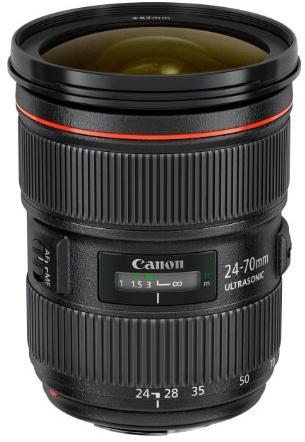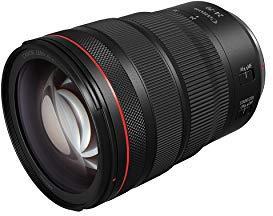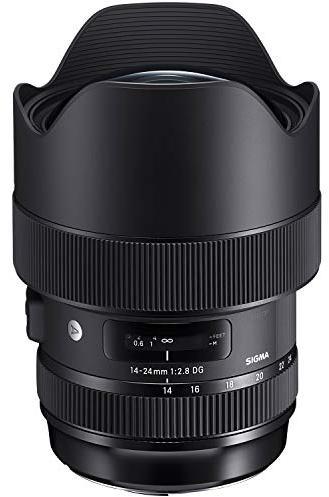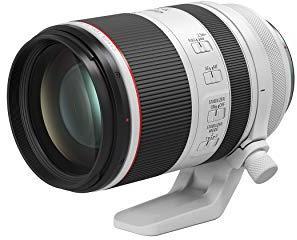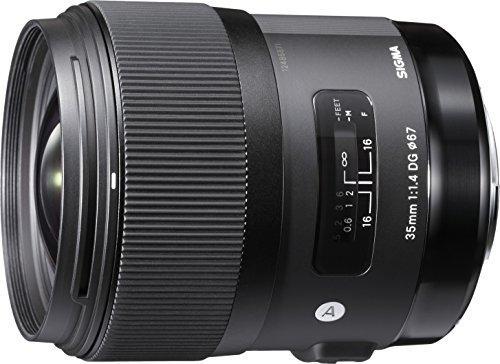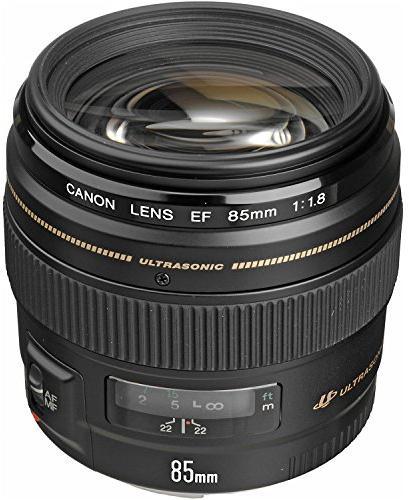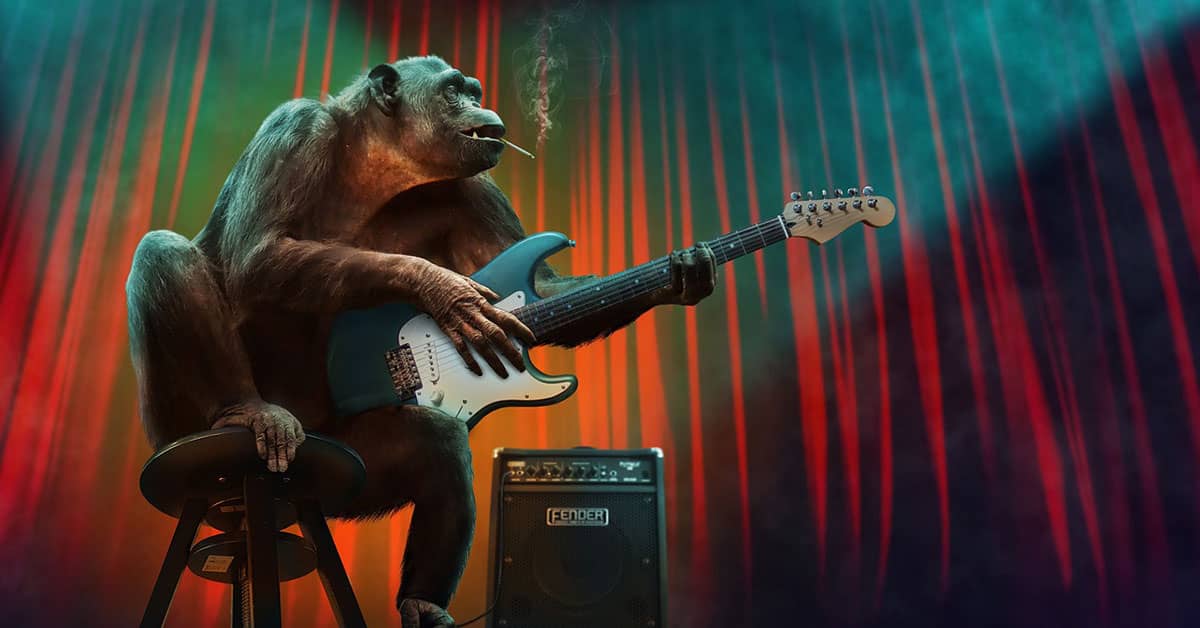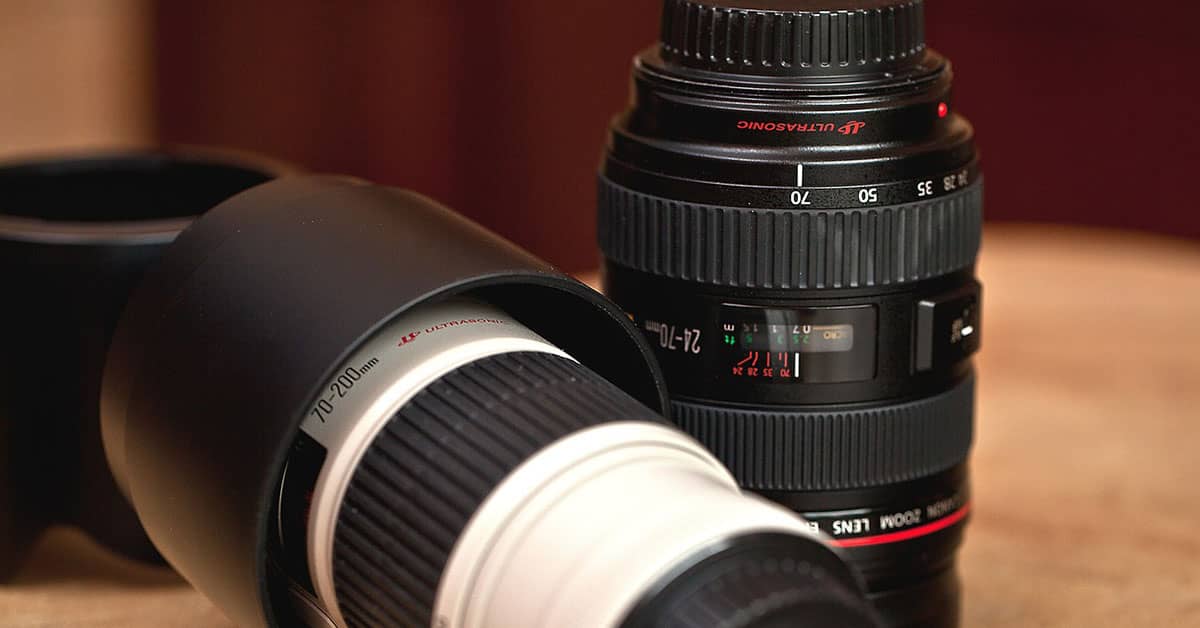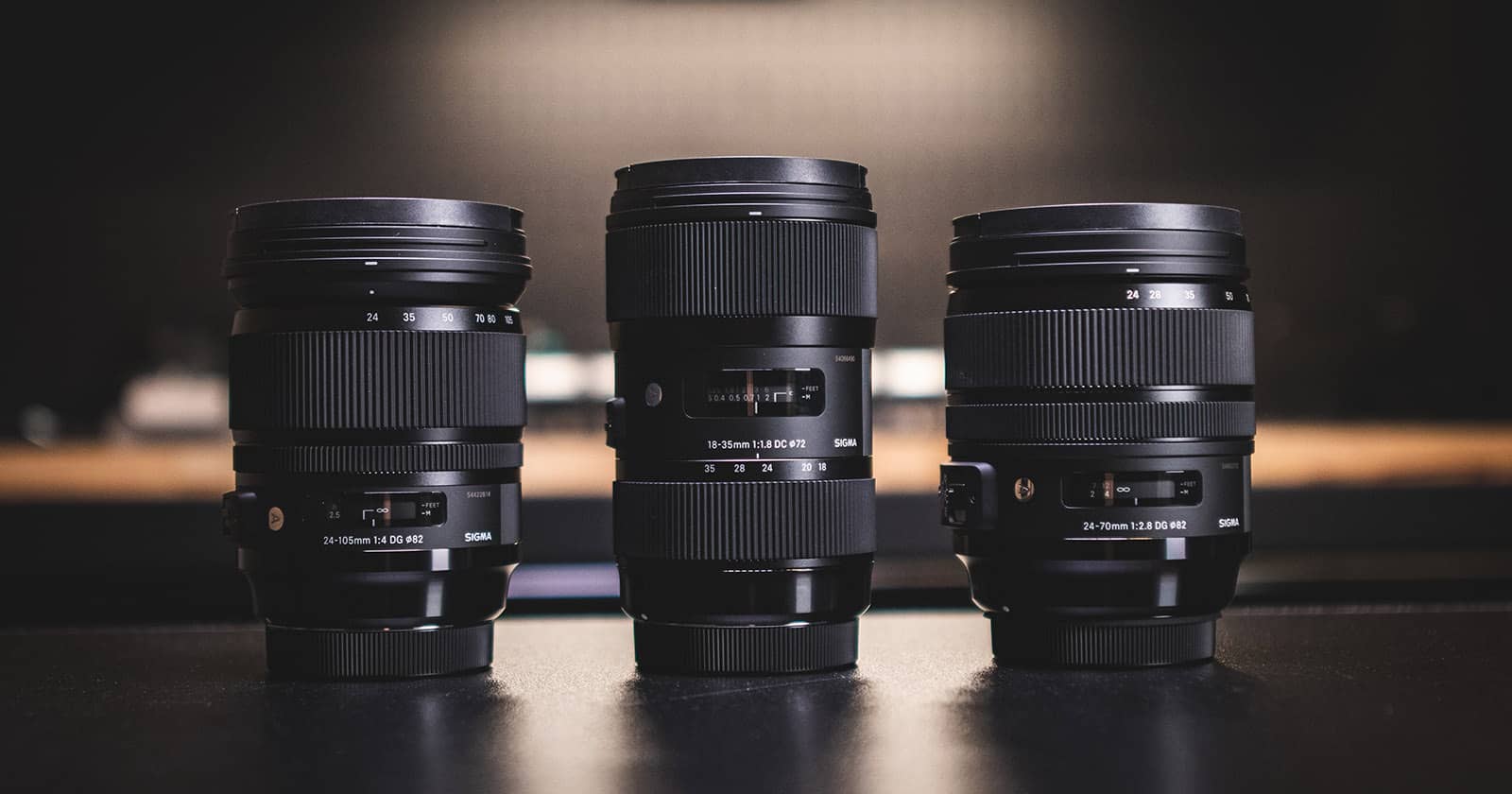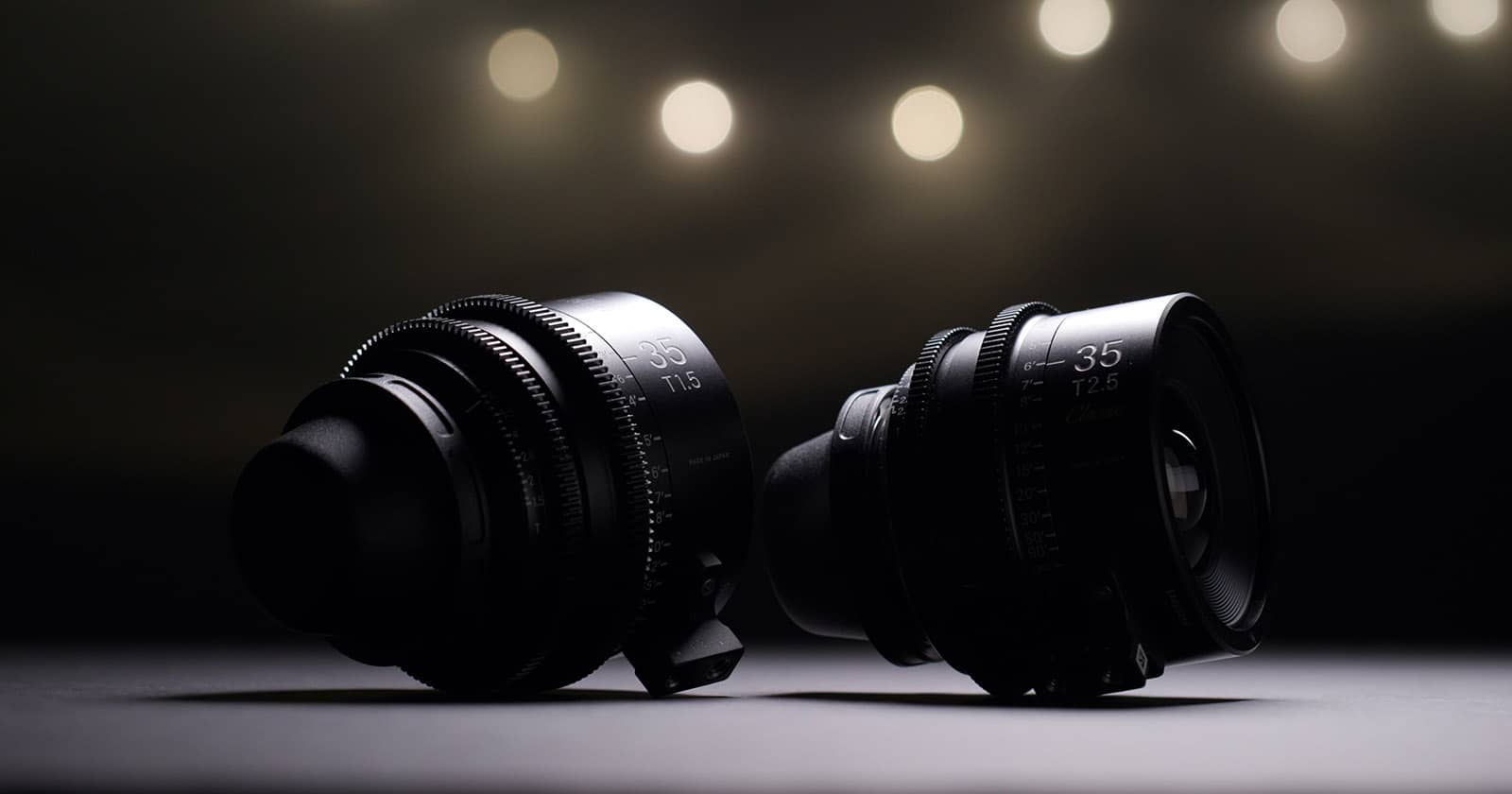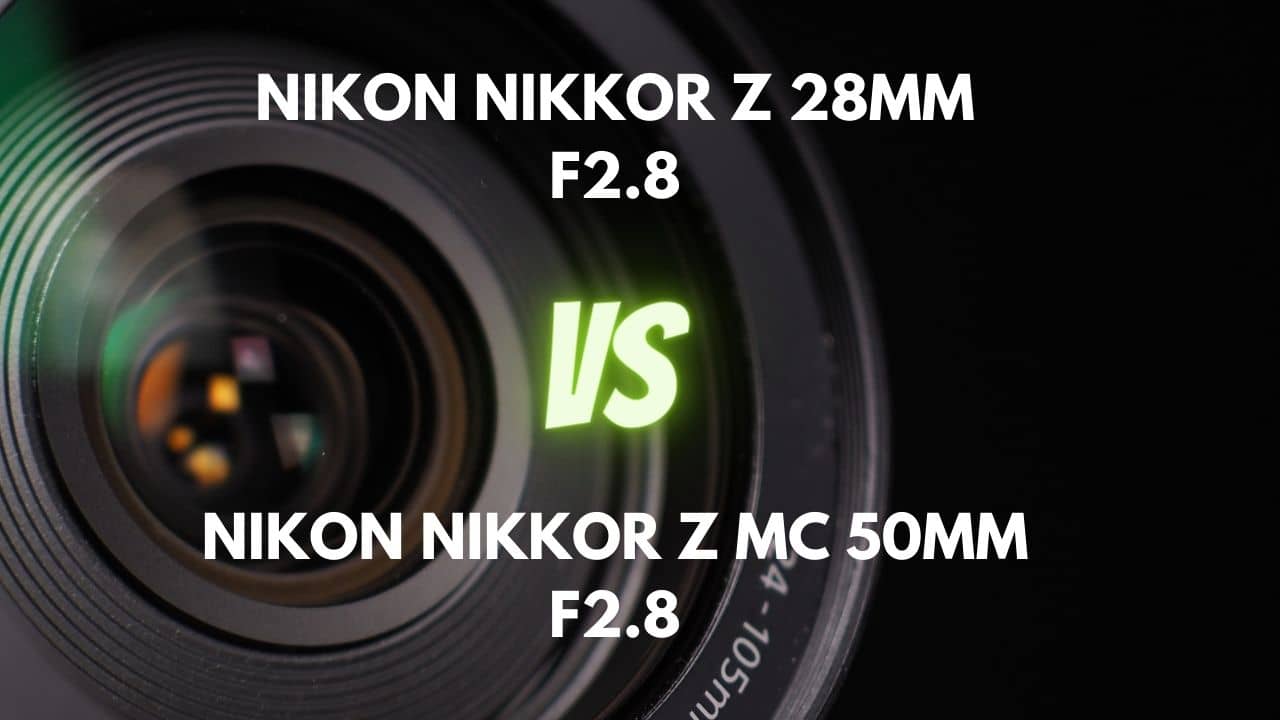Concerts are always big events for photographers. The loud music apart, the crowded place, the jostling, and the difficult lighting make it challenging for any photographer.
You cannot rely on just your skills as a great photographer. You also need the best tools you can lay your hands on to do the job for you.
One of those primary tools is the lens. You need a fast lens to produce decent images as a concert photographer.
In the subsequent section, I will elaborate on this requirement in detail, but low light is a serious challenge for concert photographers.
This discussion will look at the best Canon lens for concert photography. In a similar later article, I will discuss the best Nikon lenses. So Nikonians, don’t be sad! Canonians are all aboard. Let’s get started.
What features to look for in a Canon lens for concert photography?
Now comes the all-important question of what counts as the main features of a concert lens. In other words, what qualities would you look at in a lens to qualify it as appropriate for photographing a concert? Let’s start with the most prominent feature, the aperture.
Aperture
As you can realize, concerts are not the best in lighting. You will constantly be challenged by the lack of ambient light and the inability to use external lights for proper exposure.
Not to mention the difficult lighting conditions, such as backlit performers, beaming laser lights, and disco lights moving haphazardly during a concert.
To capture enough light, you ought to use a lens that has a fast wide open aperture. Something in the range of f/2.8 or faster. There are a bunch of lenses that I have recommended that have a fast wide open aperture.
Primes vs. Zooms
Primes would be my favorite piece of optics for various photography requirements. I would always pick a prime instead of a zoom lens if given a choice. This is because primes are optically sharper.
As they don’t have a zoom feature, manufacturers can spend more time optimizing the sharpness quotient of the lenses.
Also, prime lenses tend to have faster apertures. Not that I dislike zooms. Some zooms like the 16-35, the 24-70, and the 70-200 f/2.8 are excellent glass.
These lenses are an absolute delight to work with. For this discussion, I have picked a bunch of lenses that are a mixture of zooms and primes.
Image Stabilization
Image stabilization is an excellent feature to have. Without image stabilization, it would be difficult to get a stabilized shot.
A concert isn’t a place where you will have a lot of natural or artificial light to work with. The difficult angles at which the lights come through create difficult lighting conditions. It would help if you also remembered that you would get very little chance to use a tripod.
A lot of the time, you will be handholding the camera. Without image stabilization, you will have to push the ISO to get a fast enough shutter speed and avoid camera shake.
With image stabilization, you can use a slightly longer shutter speed and not have to push the ISO in every situation.
The longer the lens’s focal length, the less leeway when it comes to the slowest shutter speed you can use without image blur affecting your images. This is considering that the lens does not have image stabilization.
For example, if you’re using an 85mm lens without image stabilization, the slowest shutter speed you can use without a camera shake is 1/85 sec. To be on the safe side, use 1/100.
When using a 35mm lens, the slowest shutter speed is 1/35 sec. To be on the safe side, use 1/50 sec. So, wide-angle lenses have an advantage in this regard.
Build quality is also an essential factor to weigh in. At a concert, especially where there are a lot of people jostling for space, you need equipment that can take the odd bump and knock and perform without any issues.
Ideally, you don’t need lenses built like a tank, such as the Nikon 80-200mm f/2.8D, but at least good build quality is desirable.
Autofocusing
Lenses are not the only tool on which autofocusing is dependent; Cameras also have a built-in autofocusing motor inside them.
But modern lenses mostly have built-in autofocusing, which drives their autofocusing performance.
The lens must have a fast autofocusing motor that offers an accurate and fast focusing lock.
You also need a manual focusing override that helps precisely correct focus when the camera gets it wrong because of difficult lighting situations.
What are the best Canon lenses for concert photography?
Canon EF 24-70mm f/2.8L II USM
Canon EF 24-70mm f/2.8L II USM
Best Canon Lens for Event Photography
This Canon zoom lens has the perfect focal length for shooting events like live music concerts. It also has excellent optical performance and build quality.
Pros
Cons
Let’s talk about this lens. This is the first pick of our list and one that I am particularly proud of.
This lens is an excellent tool for concert photographers because it is very versatile in the right hands.
Between 24-70mm, you have a handy focal length for photographing tight angles at a concert. You can zoom in when necessary and then zoom out to get a bigger picture when desired. There are a few versatile pieces of fast wide zooms like the 24-70mm.
The fast aperture of f/2.8, constant across the focal length, is a significant advantage. As you zoom in, you don’t have to worry about the aperture dropping down and pushing down your exposure.
The lens lacks image stabilization which is one of the banes of this lens. But if you follow the inverse focal length technique I described above, you can shoot with a shutter speed of 1/24 to 1/70 and capture steady shots without missing image stabilization.
The stand-out features of this lens are the optical superiority and the weather sealing. Weather sealing makes it ideal to be used in any weather and prevents dust from creeping inside the lens.
For a zoom lens, this is one of those lenses that can give a good-quality prime a run for its money.
Canon RF 24-70mm f/2.8 L IS USM
Canon RF 24-70mm f/2.8 L IS USM
Best RF Lens for Concert Photography
This RF mount lens is also weather-sealed and has a versatile zoom range of 24-70mm, allowing you to get perfect composition from different distances in harsh weather conditions.
Pros
Cons
This lens is designed for the Canon RF mount and is compatible with such cameras as the Canon EOS R, the Canon EOS R10, the R6, and a bunch of other cameras using the same mount.
Just like the Canon EF 24-70mm f/2.8L II USM I discussed above, the Canon RF 24-70mm f/2.8 L IS USM has the same focal length range, and the maximum aperture is constant across the focal range.
f/2.8 aperture captures a lot of light in difficult lighting conditions, which is ideal for photographing concerts.
Unlike the Canon lens I discussed above, this one comes with image stabilization. This helps immensely because concerts, as discussed above, are very low-light events, and image stabilization can help hand-hold the camera without slowing down the shutter speed. For academic purposes, image stabilization is rated up to five stops.
When working in tight and cramped places, we often worry about the front element of our lenses. It is a nightmare to clean the lens front element for fingerprints or smudges. The lens’s fluorine coating makes the front element easy to clean.
The focusing system of the lens is powered by a nano USM focusing motor. This is supported by a full-time manual focusing override which ensures that the lens can be manually adjusted for focus at any time to precise correct focusing. Again very helpful when shooting concert photography in low light conditions.
I have always maintained that if you’re shooting concert photos, you must be prepared for any weather. It can be dusty, it can be rainy, and your equipment must be able to withstand all of that.
The Canon RF 24-70mm f/2.8 L IS USM is weather sealed, which means it can withstand the elements.
Sigma 14-24mm F2.8 DG HSM Art
Sigma 14-24mm F2.8 DG HSM Art
Best Canon Wide Angle Lens for Concert
This Sigma Art lens helps you capture a splendid view of the musical event and clear images even in poor lighting conditions with a constant f/2.8 aperture.
Pros
Cons
The 14-24mm is a good lens when you want to catch the vibe of a place, the crowd, the energy, and the confusion. The 14-24mm lens gives you the right angle of view to catch all that.
But that said, this lens does have a few drawbacks, and that also comes from the fact that this is a wide-angle lens. You can’t use this lens to capture tight shots of the performers. Nor can you get tight views of the people in the crowd.
So if there is an interesting character in the crowd and you want to capture a good portrait image of that fellow, you will find this lens a bit limiting. In that sense, the 24-70mm lens is a better choice. The wider focal length is still helpful for capturing a magnificent view of the event, place, and vibe.
All that said, the 14-24mm lens needs to grow on you. The wide angle has its benefits, as explained above. You could still capture some environmental portraits with this lens, as long as you understand and work around those limitations. If you can take two lenses with you, I would strongly recommend this lens.
The lens is weather sealed, and that’s always a good thing, especially when you’re visiting crowded places. There could be issues of dirt, grease, and not to mention inclement weather, so sealing is good to have.
Remember, this is an f/2.8 lens all through. So, if you could have one of these and the other 24-70, you’ve covered 14-70mm with a constant aperture of f/2.8.
Please note there is no image stabilization on this lens. But I don’t think you will feel it’s missing because the 14-24mm focal length allows you to shoot at a minimum shutter speed of 1/14 to 1/24 without inducing a camera shake.
Canon EF 70-200mm f/2.8L IS III USM
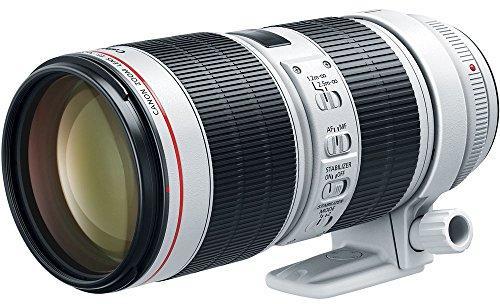
Canon EF 70-200mm f/2.8L IS III USM
Best Canon Telephoto Lens for Concert
This 70-200 Canon lens let you shoot musicians that are even at the back of the stage. The focal lengths are also perfect for taking portraits of singers and the crowd.
Pros
Cons
The 70-200mm f/2.8 is a great lens for capturing tight shots of stage performers and shooting great portraits at an event like a live music concert.
The 200mm is a great focal length when you want to capture something further away from you without getting into the private space of the subject.
The 200mm is also a great focal length for candid crowd shots. But apart, when you want to capture images of performers on the stage from a distance, the 70-200mm focal length with its constant aperture of f/2.8 is ideal. Especially the musicians who sit further at the back of the stage and, therefore, difficult to photograph using a 24-70mm.
Overall I don’t think that this lens has any serious flaws. Optically it’s a very sharp lens across the focal length. Even when shooting at f/2.8, the lens is perfect.
There are some tiny issues, like the absence of a focus lock which, for me, is nothing severe. But the one thing that does feature as an issue is the weight of the lens. At 1480 grams, this is a heavy lens. You will sometimes find maneuvering with this lens in the crowd difficult.
Canon RF 70-200mm F2.8 L IS USM
Canon RF 70-200mm F2.8 L IS USM
Best RF Telephoto Lens for Concert
This RF mount lens 70-200 lens has many amazing features including a fast aperture, 3x zoom range, weather sealing, and image stabilization, making it ideal for shooting concerts from distance.
Pros
Cons
This lens is designed for Canon RF mount cameras and is compatible with many cameras using that mount.
All the goodies I mentioned in terms of usability of the foal length and the fast f/2.8 aperture in the section above on Canon EF 70-200mm f/2.8L IS III USM are also applicable to this lens.
This lens is only applicable to RF-mount cameras. If you’re a legacy EF or EF-S mount EOS camera, you will not be able to use this lens (just like any other mirrorless lens that is not back-compatible with the corresponding legacy DSLRs).
I am impressed with the USM autofocusing mechanism. This is very fast and accurate, too, making it possible to target and lock focus on moving subjects like singers very easily.
In low light, you need your autofocusing to be sharp and on the money at all times. Plus, a full-time manual focusing override ensures that you can adjust focus precisely when required. However, there is a catch to using this. You’ve to enable ‘Lens Electronic AF’ and then set it to One Shot Enabled to be able to use manual focusing override. Bit of a hassle, but you’ve to do this; otherwise, manual focusing override will not work.
Optical image stabilization is one of the strong points of this lens. If you’re hand-holding at 1/150 sec, you will need optical stabilization, especially when the lens is fully zoomed in.
Canon states that an optical stabilizer can counter up to five stops of shake, giving you five stops of compensation, which is excellent!
I also love the fact that this is a weather-sealed design. As I mentioned, you need this before heading to an event and expecting the odd drizzle. Of course, weather sealing also prevents dust and dirt from entering the body.
Sigma 35mm F1.4 Art DG HSM
Sigma 35mm F1.4 Art DG HSM
Best Prime Lens for Concert Photography
This Sigma Art lens has an exceptionally fast aperture of f1.4, allowing it to capture a lot of light in low-light conditions. It also has enough angle of view to show the atmosphere of the scene.
Pros
Cons
I am not one of those photographers who speak against using third-party equipment. As a matter of fact, there are plenty of gorgeous third-party lenses that I have used, and I loved them.
The Sigma 35mm f/1.4 Art is a gorgeous lens. The 50mm and the 35mm are two of my favorite primes.
I am a little biased towards the 50mm prime, but when it comes to concert or music photography, the 35mm is better optics than the 50mm. It has a wider angle of view and thus captures a wider slice of the event than a 50mm prime.
Concerts are mostly open-door programs, and there are lots of spaces to (although the crowd makes it cramped to work in, that’s beside the point) move around and photograph.
The 35mm makes better sense when you wish to capture the place’s vibe.
The USP of the lens is the bright wide aperture that makes it possible to capture a lot of light when working at a dimly lit concert (and also in difficult lighting situations).
F/1.4 is two stops faster than an f/2.8 lens, and that’s an incredible advantage. You can shoot at two times faster shutter speed, capture the same exposure, and freeze movements.
One of the biggest pros of this lens is something that has nothing to do with the optical quality of this fantastic lens. And that’s the price of this lens.
At less than $800, this is less than half the comparative Canon EF 35mm f/1.4L II USM lens price. And even at that price difference, you get stunning performance that can give the Canon EF 35mm f/1.4L II USM a run for its money.
But that said, the 35mm has some disadvantages, and that’s this is a hard-working photographer’s lens. The lack of a zoom range means you must move your feet when photographing.
Canon EF 85mm f/1.8 USM
Canon EF 85mm f/1.8 USM
Best Canon Portrait Lens for Concert
This Canon short telephoto lens is compact and has an 85mm focal length and fast f/1.8 aperture, which is perfect for shooting portraits even if the stage lighting is dim.
Pros
Cons
Now is the turn of 85mm primes. The 85mm prime is a short telephoto lens designed for the single purpose of portrait photography.
The 85mm is arguably the best focal length for shooting concert portraits. Although the 70-200mm lens I listed above is also an excellent choice. It covers all the major focal lengths for portrait photography. But this particular lens is a budget option. At less than 500 dollars, the greatest USP is the lens’s optical performance.
A bunch of 85mm primes is available in the market. You can even get the Canon EF f/1.4 or the Canon RF f/1.2. But this lens does offer tremendous value for money.
The fact that it’s a lightweight lens means you can mount it on your camera and not feel the weight, even if you shoot concerts for the entire day with this combination.
One of the cons of this lens is that it does not feature image stabilization. As a concert photographer, I think the image stabilization is necessary, especially for long lenses. The 85mm is a short telephoto lens. You can perhaps still get away without IS if you shoot at a shutter speed of 1/85 or faster.
Canon RF 85mm F1.2 L USM
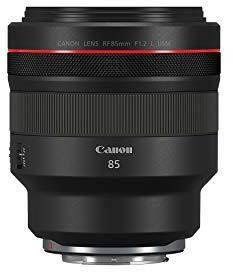
Canon RF 85mm F1.2 L USM
Best RF Portrait Lens for Concert
This RF mount portrait lens has the best low-light performance due to its insanely fast f/1.2 aperture. It is even weather-sealed for handling bad weather.
Pros
Cons
Suppose you’re spending more than 2500 dollars on an 85mm lens, that lens is good, and in many ways, this is a good lens.
The major USP of the lens is the fast f/1.2 aperture. There is no lighting condition that this lens cannot handle. That this lens does not come with image stabilization makes no difference.
The aperture can push your shutter speed to heights you couldn’t even imagine you could use in low light.
Plus, this is an L lens and is significantly better built than the cheaper 85mm f/1.8 lens that I discussed before. This lens has weather sealing and is perfect for shooting in inclement conditions.
Is a 35mm lens good for concert photography?
Yes, the 35mm lens is a good lens for concert photography. It has a wide angle of view and, because of that, captures a broader slice of what’s happening. You can capture images that encapsulate the vibe of a concert.
Is a 50mm lens good for concerts?
No, the 50 is neither too wide nor too long and is not the first preference for a concert photography lens. With this lens, unless you’re shooting with a crop sensor camera, you wouldn’t be able to get close to the action.
Is 85mm good for concert photography?
Yes, the 85 is a good choice for a concert photography lens. It’s a short telephoto lens and is ideal for portrait shots or where you’re 15 to 20 feet away from the subject for a close-in picture.
Conclusion
Photographing concerts is challenging; your shooting tools and skills determine your success. Make sure that you have the right tools with you.
Plan according to the venue’s nature, the weather, and the environment you will likely get.
If it’s an open-air venue and you’re expecting some drizzle take a lens with adequate weatherproofing. Build quality is crucial unless you’re expecting light traffic.
Also, depending on the time of the day and lighting, you need a fast aperture. Once you have the right tools (including the camera), the rest depends on your skills as a concert photographer and your creativity.
Happy clicking!

